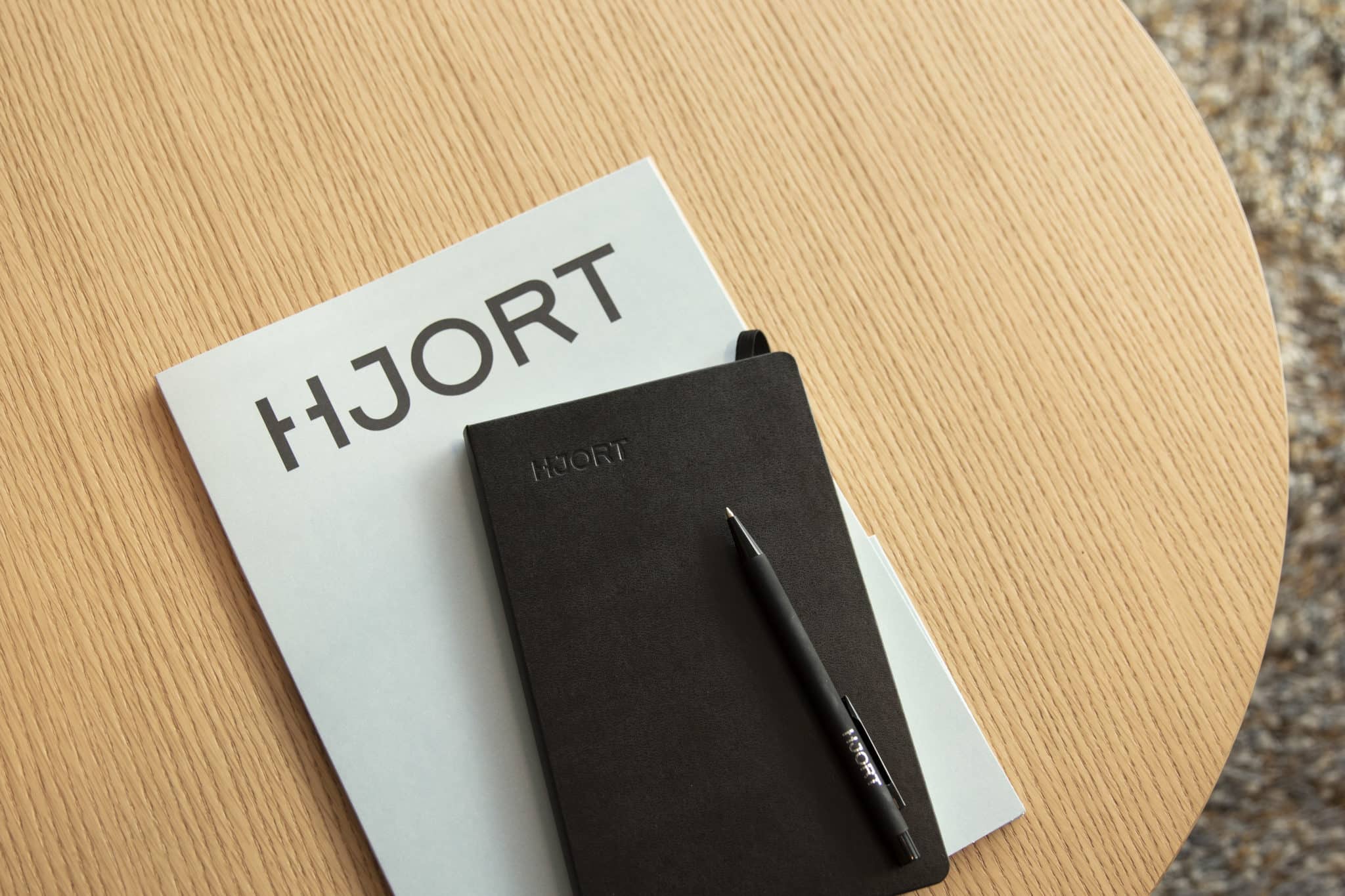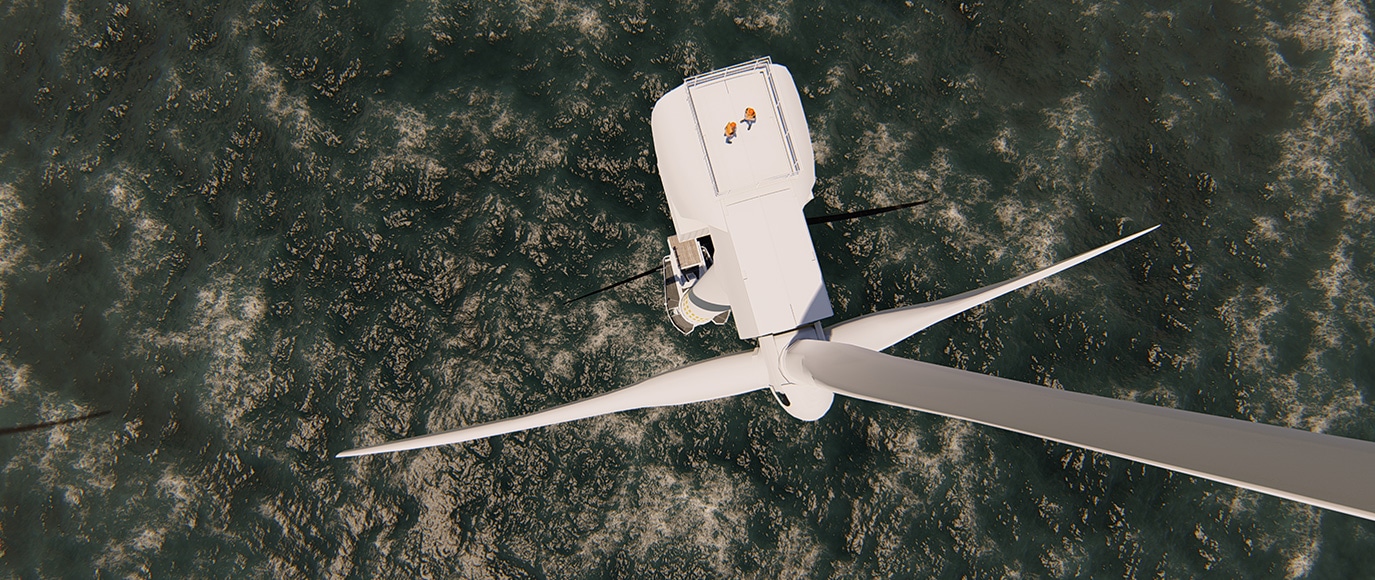The government’s proposal for a new governance mechanism for security of supply was finally adopted by the Norwegian Parliament on March 5, 2024, but will not enter into force until the King (Ministry of Energy) decides. The governance mechanism consists of various instruments that together are intended to help strengthen security of supply during periods of uncertainty in both the Norwegian power system and in the energy markets around us.
The three main elements of the steering mechanism
The purpose of the governance mechanism is first and foremost to “establish instruments that will collectively contribute to strengthening security of supply during periods of increased uncertainty in the Norwegian power system and in the energy markets around us” (Prop. 33 L 2023-2024 p. 5). The governance mechanism adopted by the Storting consists of three main elements:
- New purpose clause in § 1 a of the Watercourse Regulation Act
- Requirement for a strategy to contribute to security of supply in § 29 a of the Watercourse Regulation Act
- Regulatory authority for reporting of hydropower production in § 6-2 fourth paragraph of the Energy Act
We have previously written about the governance mechanism when the bill was presented to the Storting. Read more here!
The governance mechanism in practice
The purpose clause clarifies the responsibility of each licensee to contribute to security of supply. This responsibility is incumbent on the licensees at all times, even when the power situation is good. Security of supply is a fundamental consideration in the power system, which the licensees are already well aware of. Viewed in isolation, the adoption of the purpose clause is therefore unlikely to have any practical consequences for the licensees. However, it will be interesting to see whether the consideration of security of supply will have increased impact in the energy authorities’ future exercise of authority, for example in audit cases.
The new requirement for all licensees to ensure that strategies are developed to contribute to security of supply in vregl. § 29 a operationalizes the purpose provision in a way. These two provisions should be seen in context. The requirement for strategies for security of supply will have practical consequences for the licensees.
The provision in vregl. § 29 a is also to be followed up with detailed provisions in the regulations on internal control under the Watercourses Act. NVE had a proposal for new provisions on disposal strategies out for consultation in the summer of 2023, but the changes have so far not been adopted. As the law has not yet formally entered into force, licensees can now use the time ahead to work on the design of the strategies. The final strategies can then be adjusted when both the statutory provision and the underlying regulatory provisions in IK-vassdrag come into force.
The final tool in the management mechanism is the so-called reporting scheme, which will be formalized in the power rationing regulations. According to the preparatory work, the use of the reporting scheme is relevant when the power situation indicates that the energy authorities want more information about the use of regulated water. The reporting scheme was first used for the summer of 2022 and it has been decided that it will continue until May 2024. The reporting scheme has therefore been in use during a period when the power situation in Norway has been good, but where the energy markets in Europe have been characterized by uncertainty. It therefore remains to be seen whether the Ministry of Energy believes that the situation in the European energy markets is still sufficiently uncertain to warrant another continuation of the reporting scheme. To avoid the use of the scheme appearing arbitrary and to maintain trust between the energy authorities and the licensee, the reporting scheme should not be used unless the resource situation indicates increased vigilance – both among producers and the energy authorities.





